A trip to Japan without including a visit to Tokyo is a rare one for me. Nevertheless, the most recent trip took me to Osaka and Kyoto (and Gifu, which has excellent persimmons). It was in Kyoto that I tried out a stay at the Nohga Hotel Kiyomizu Kyoto.
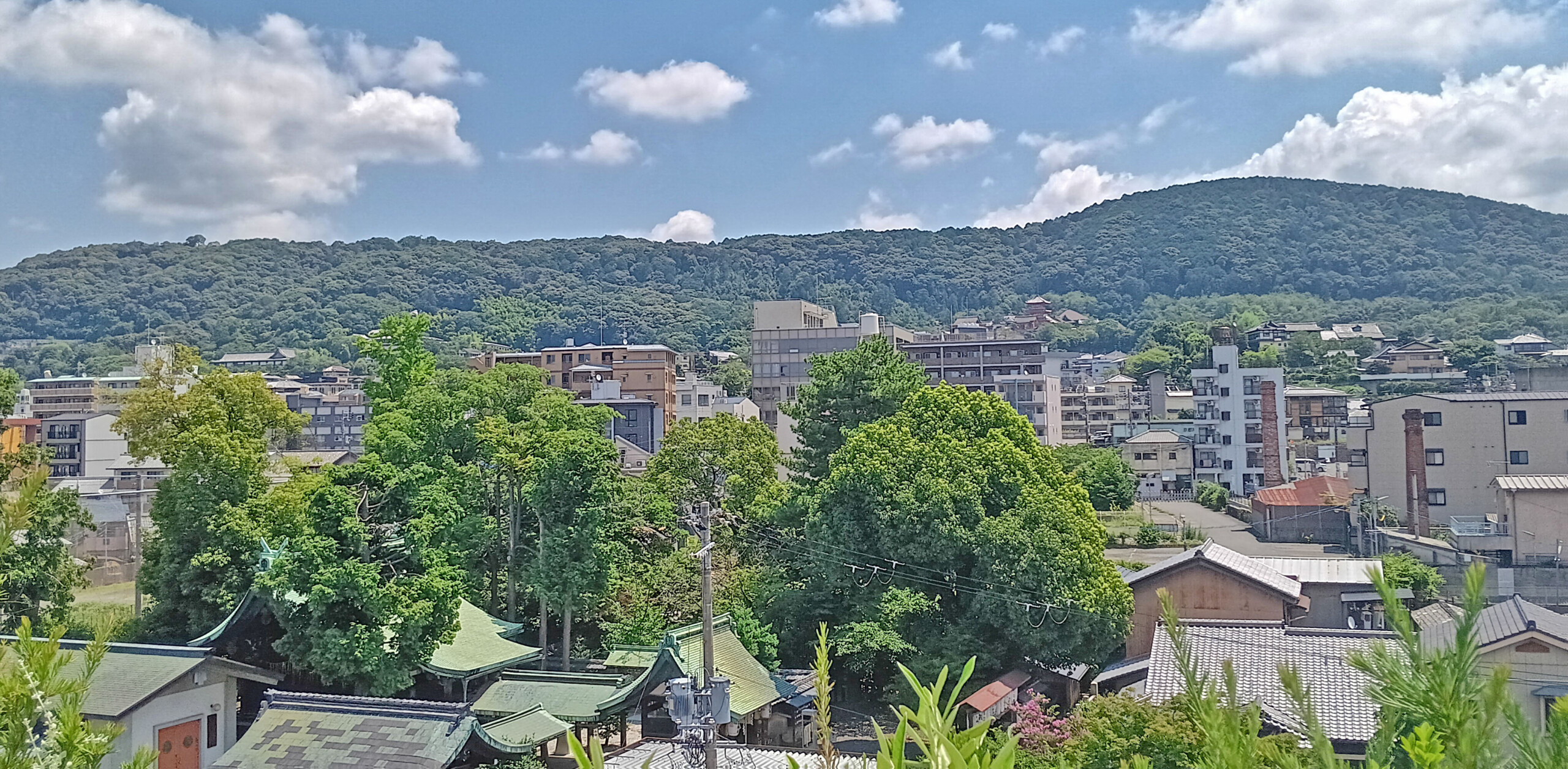
Location
A quick taxi ride — or a 30ish minute amble — from Kyoto station, Nohga Hotel Kiyomizu Kyoto is in a pretty good location for tourists. For those heading to Kiyomizu Temple, the one offering sweet views of Kyoto, as well as Gion and Kawaramachi shopping district, it’s a short walk to all three. Plus, Kiyomizu Gojo station on the Keihan main line further connects the hotel to Fushimi Inari shrine, northern Kyoto attractions, and even Osaka.
As for airport access, Osaka’s pair of Itami (domestic) and Kansai (international/domestic) are the closest ones. From Kansai you can board the Haruka train, which makes just a few stops on the way to Kyoto.
Concept
Nohga hotels are known for the themes of art, music, and food. Nohga’s Kyoto property augments that by showcasing local and national ceramics craftspeople and artists.
In fact, the Kiyomizu district has an eponymous centuries-old style of ceramics, called Kiyomizu-yaki (清水焼). Every room also has some unique design attributes, whether through the hyperlocal artistic endeavor known as hikihaku, or kintsugi, when powdered gold is used to mend broken pottery.
Occasionally, the hotel hosts artist-in-residence programs, and during my stay, the knitwear in room 155 was a sight to be seen.
On the topic of knitwear and embroidery, the hotel occasionally hosts artists-in-residence.
I had a gander at room 155, which was really decked out–
The artist’s works can also be found throughout the hotel, particularly in the lobby, and on elevator buttons. The crux of the exhibit, called “Love it Once More,” is that every part of the design is made from recycled yarn that was about to be discarded.
For more information about artists-in-residence and other hotel events — which also include tea ceremonies, lounge music, and workshops — check out this page.
Ultimately, the goal is to help guests relax while in the busy city. Fortunately the hotel has a number of choices through which that can be done: live music sessions, classes, temporary art shows, rental bikes, a gym, or through meditation–
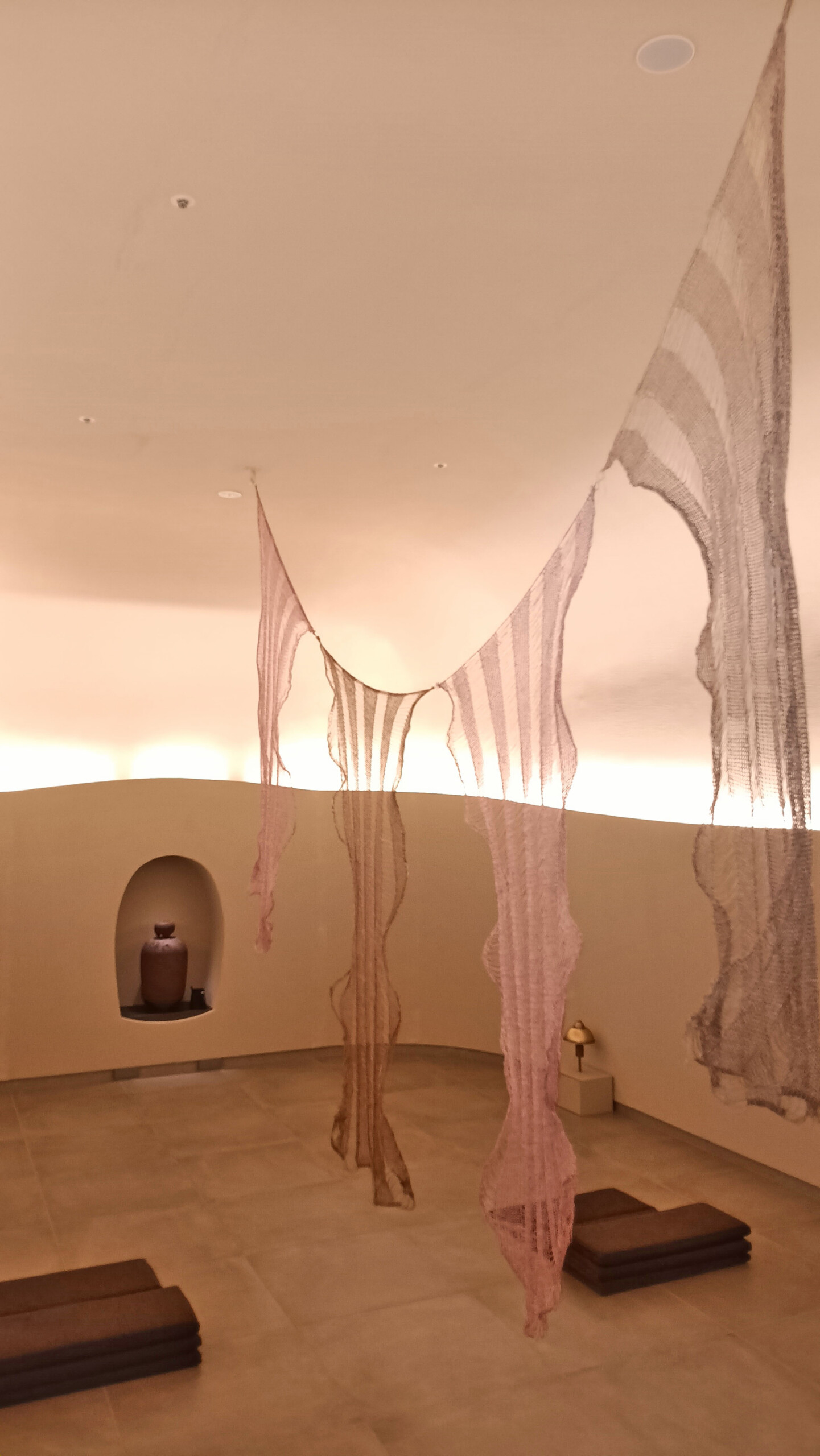
The meditation room, located on the 1st floor — the same as the restaurant, gym, and vending machines — is free for guests to use, but must be reserved in advance.
Check-in
As is the case with its Tokyo sister properties, the Nohga Hotel Kiyomizu Kyoto is easier to find than other hotel entrances due to conspicuous flora.
If you’re unfamiliar with Kyoto as of late, it’s a busy one. The hotel lobby might as well have been a microcosm for this; no matter what time I waded through, there were folks check-in/out, on their computers, conversing, or flocking to the on-site bakery/coffee shop (more on the food later). Of course, I’m also guilty of being a tourist, so my presence just added to the crowding.
Anyway, check-in was friendly and swift. I inquired about recommendations at the bakery; you probably won’t go wrong with a mochimochi donatsu (chewy donut). I timed it right when the baker brought out a fresh pan. That would be quite the duo if the café upsold some Uji matcha butter.
There’s an amenity table right in front of the elevator bank, in case you had forgotten shaving cream, or a few other vanity products. For those looking to get more insight into the Kiyomizu neighborhood, there’s a newsletter with doings-a-transpiring.
Oh, right– non-guests who have purchased baked goods/a drink in the lobby can use the 6th floor rooftop outdoor seating area between 08:00 – 15:00, no keycard required.
Room
In total, there are 207 rooms and suites (ehh, two suites) at this property. They’re pretty nicely-sized for a Japanese hotel, all replete with minimalist décor, a clean-looking ambience, and for those Kyoto summers, very good air conditioning.
My room type was the Executive King (please excuse the first 2-3 seconds of the below; the resolution improves thereafter)
As is common in many Japanese hotels, the tv automatically turns on when you enter the room. What’s that about? Have the wi-fi password printed somewhere in the room, preferably near the hotel/neighborhood guide.
I liked that the fridge was decently-sized, the bed was much more than adequate, the green tea was good, and perhaps most importantly in this weather, the shower water pressure and temperature control were fantastic. All hotels should copy the plumbing from here.
However, again arose the issue of no work desk. What’s a freelance writer to do? This time, I asked at the front to conjure up a solution; within five minutes, an employee dropped off a small but serviceable foldable desk.
Once in a while, the internet cut out, but in general it was pretty fast. Then again, there’s not one network throughout the hotel, so if you’re planning to eat in the restaurant, that’s a different network than what is available in your room.
Food
To lay the foundation for this food section, I must say — I must — nearly every bite & sip from start to finish was quite good.
Let’s start with the lobby bakery, called Cicon Bakery. Cream puffs with pistachio, mochi donuts with cinnamon, croque monsieur…lots of fun stuff.
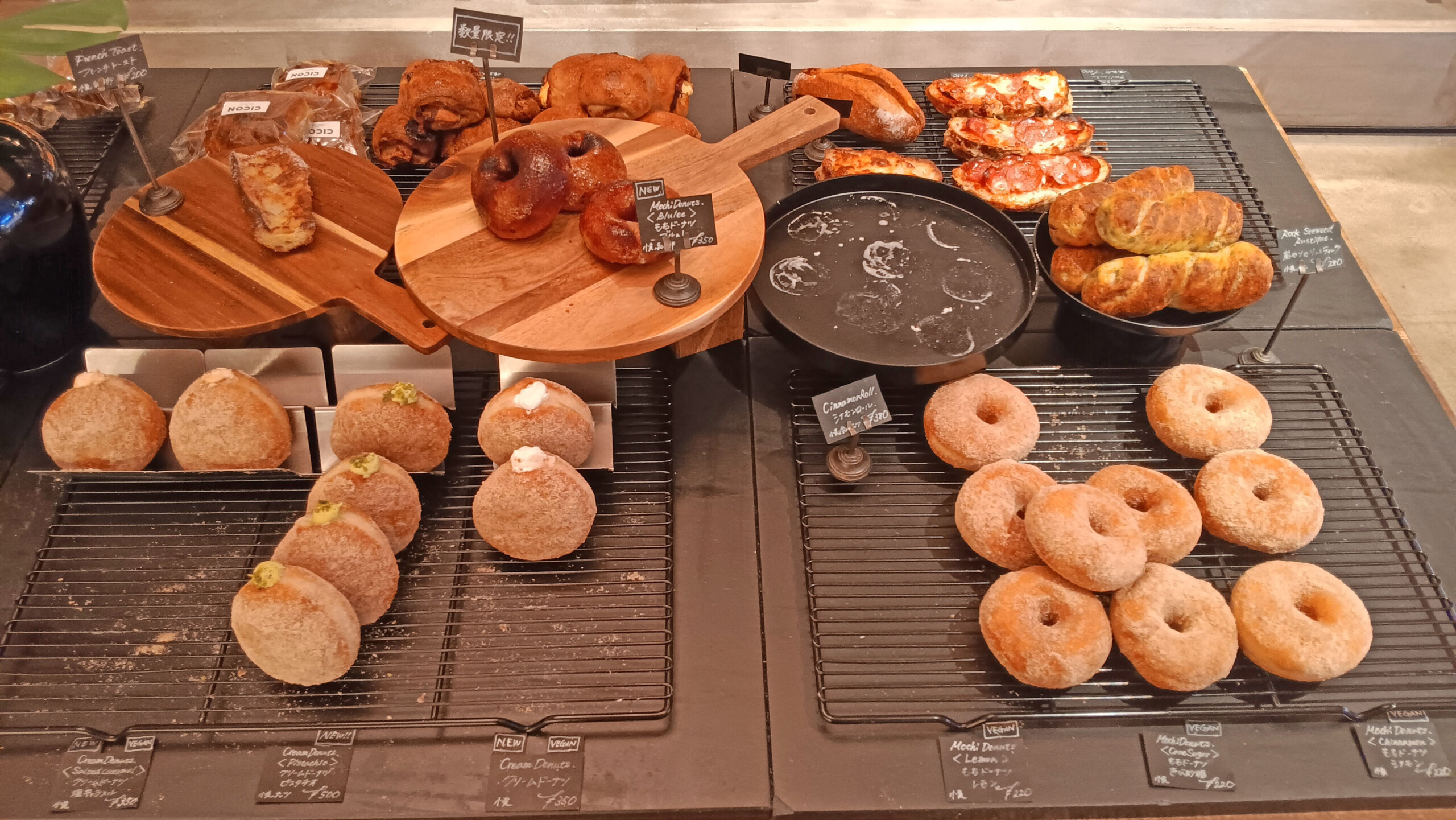
Wanting to tamp down the sugar consumption, I stuck with the original mochi donut.
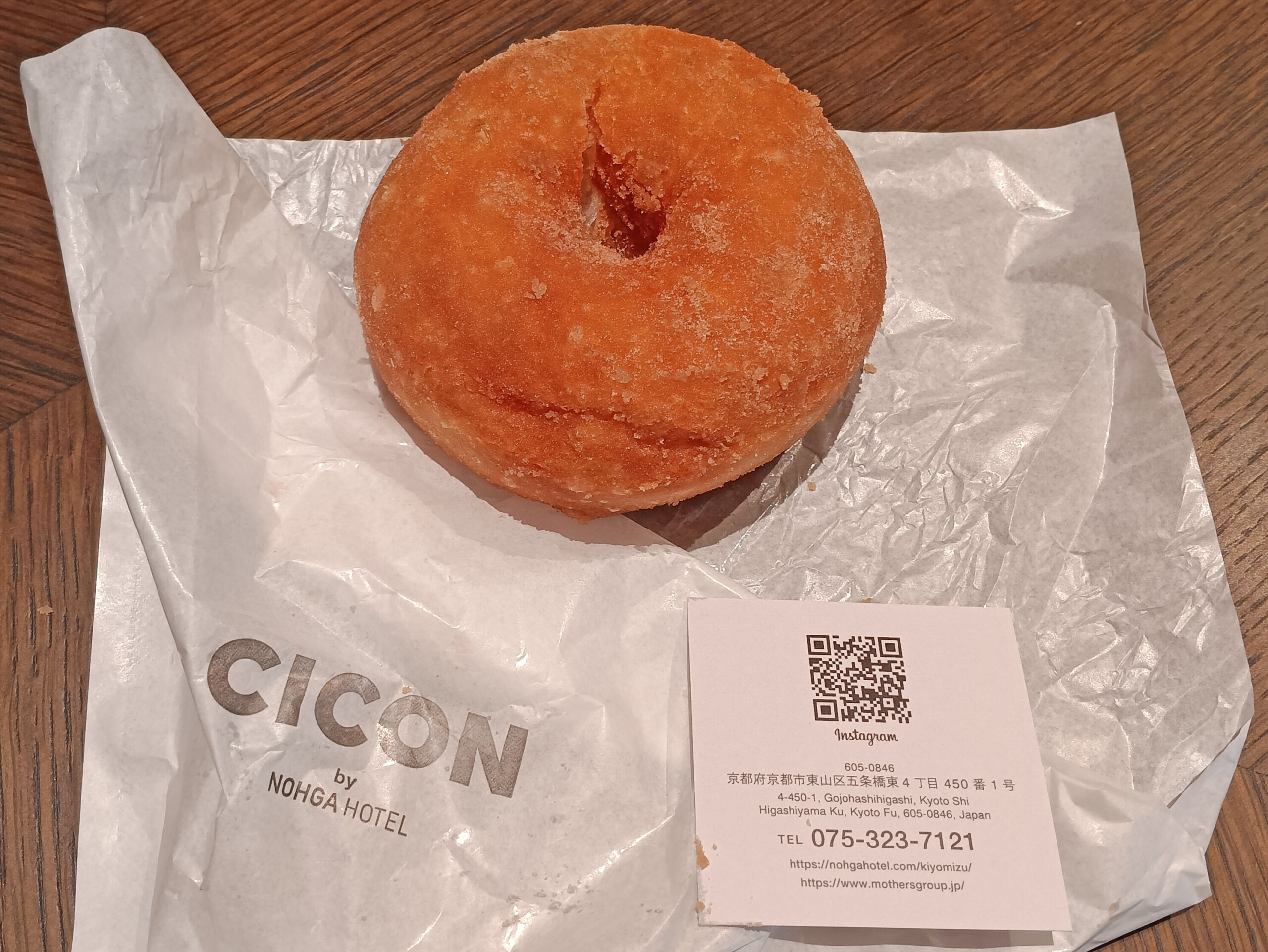
As mentioned upthread, yeah, that was one fun dessert. Cicon Bakery should get into the churros groove, and add in some dipping sauces. Again, matcha butter would be cool, but raspberry, kinako, kuromitsu…all of those would work.
Then, we have Cicon by Nohga Hotel, the international/eclectic hotspot with that rare dinner menu from which I would have gleefully eaten everything.
But first up, breakfast.
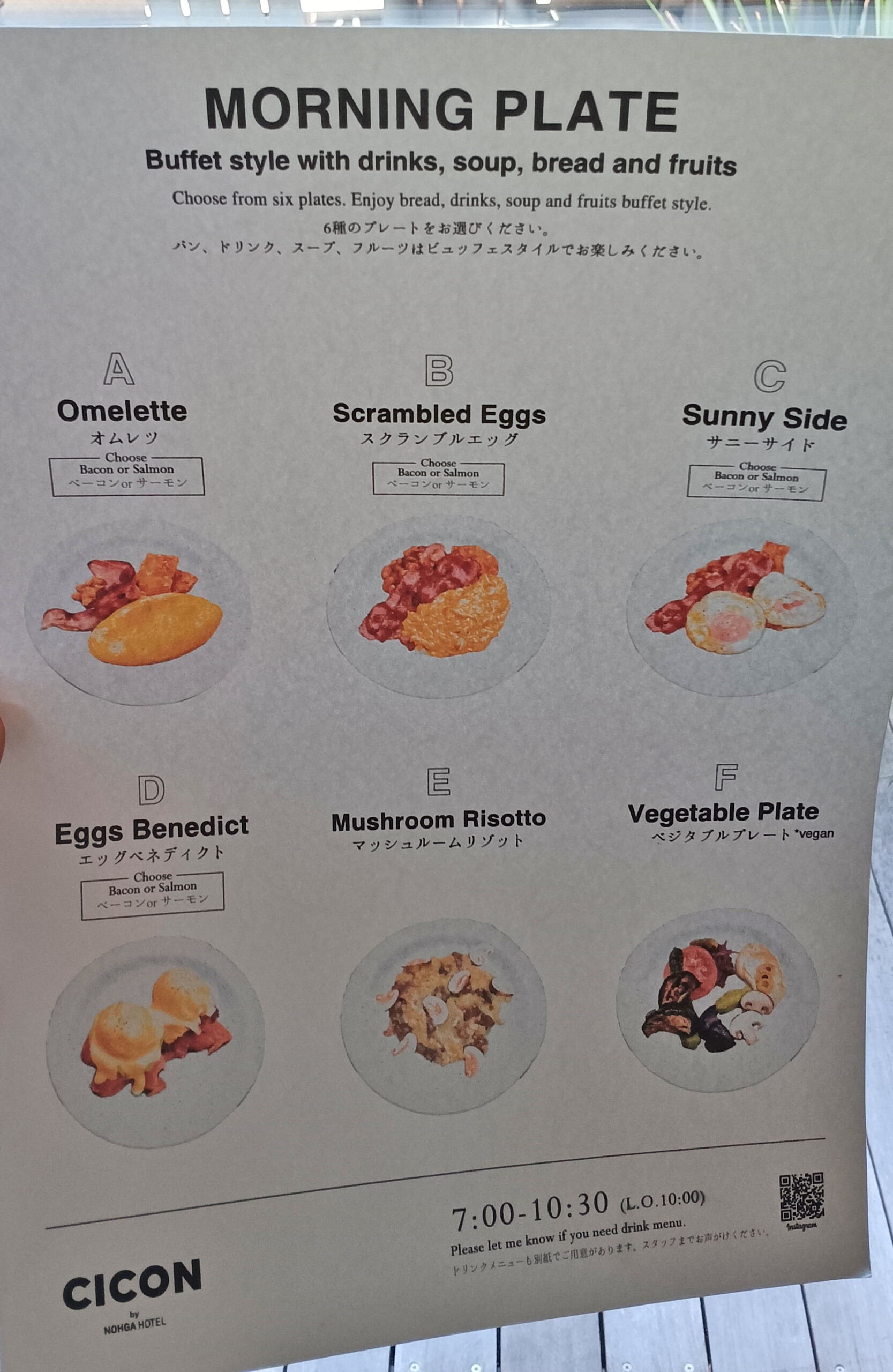
As is the case at the Tokyo properties, this one also offers a half-buffet, half-à la carte breakfast.
I’d like to say that I’ve been reducing carb intake, but when in Japan, it’s a losing battle. To wit, try the lemon poppy muffin. And the fukkura (fluffy) shio pan (salt bread). And the focaccia. Oops.
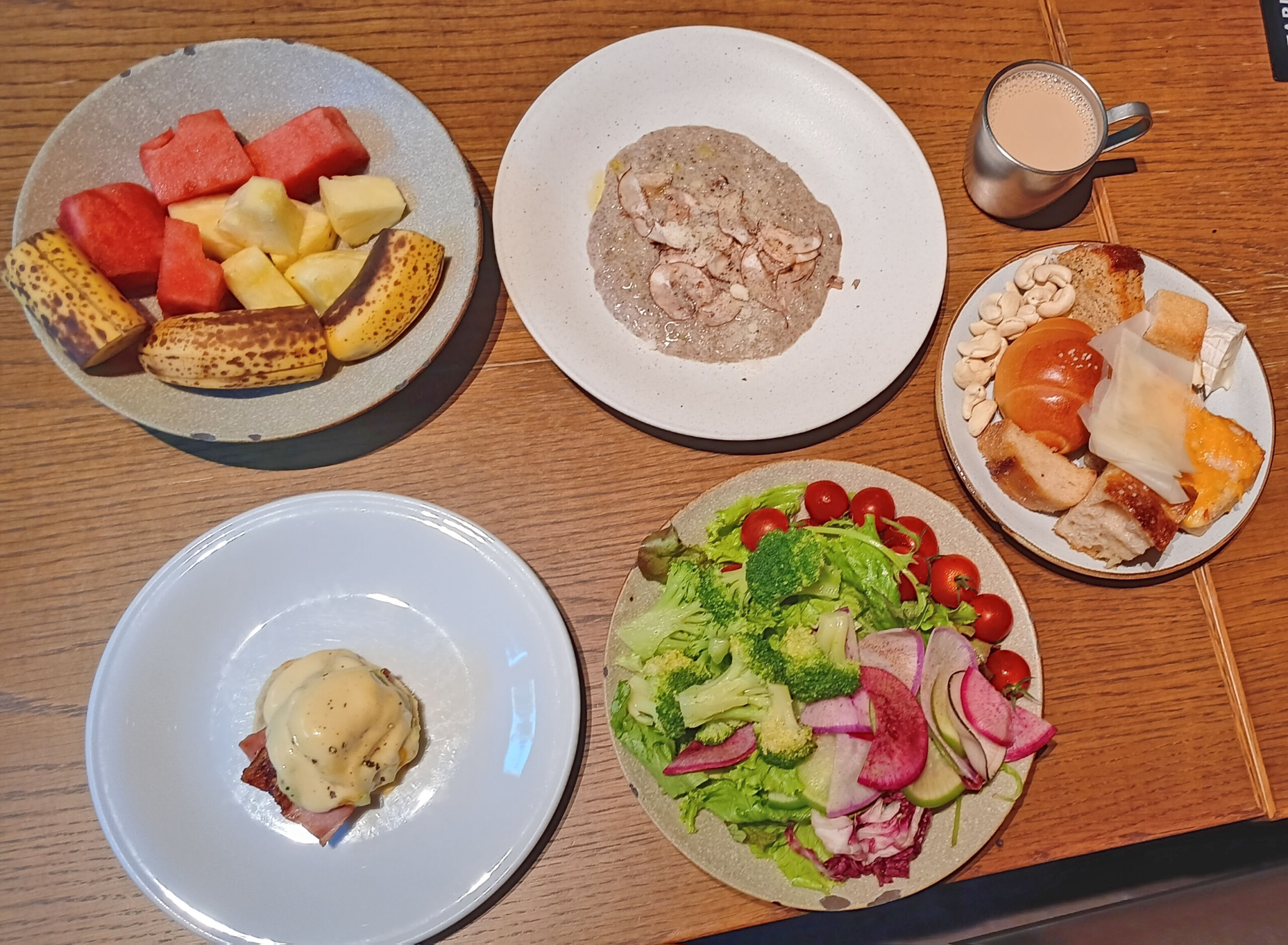
I could have planted myself in front of that baked goods section, but to spare some embarrassment, let’s move on to dinner and drinks.
For instance, might you be in the mood for ceviche? I always am.
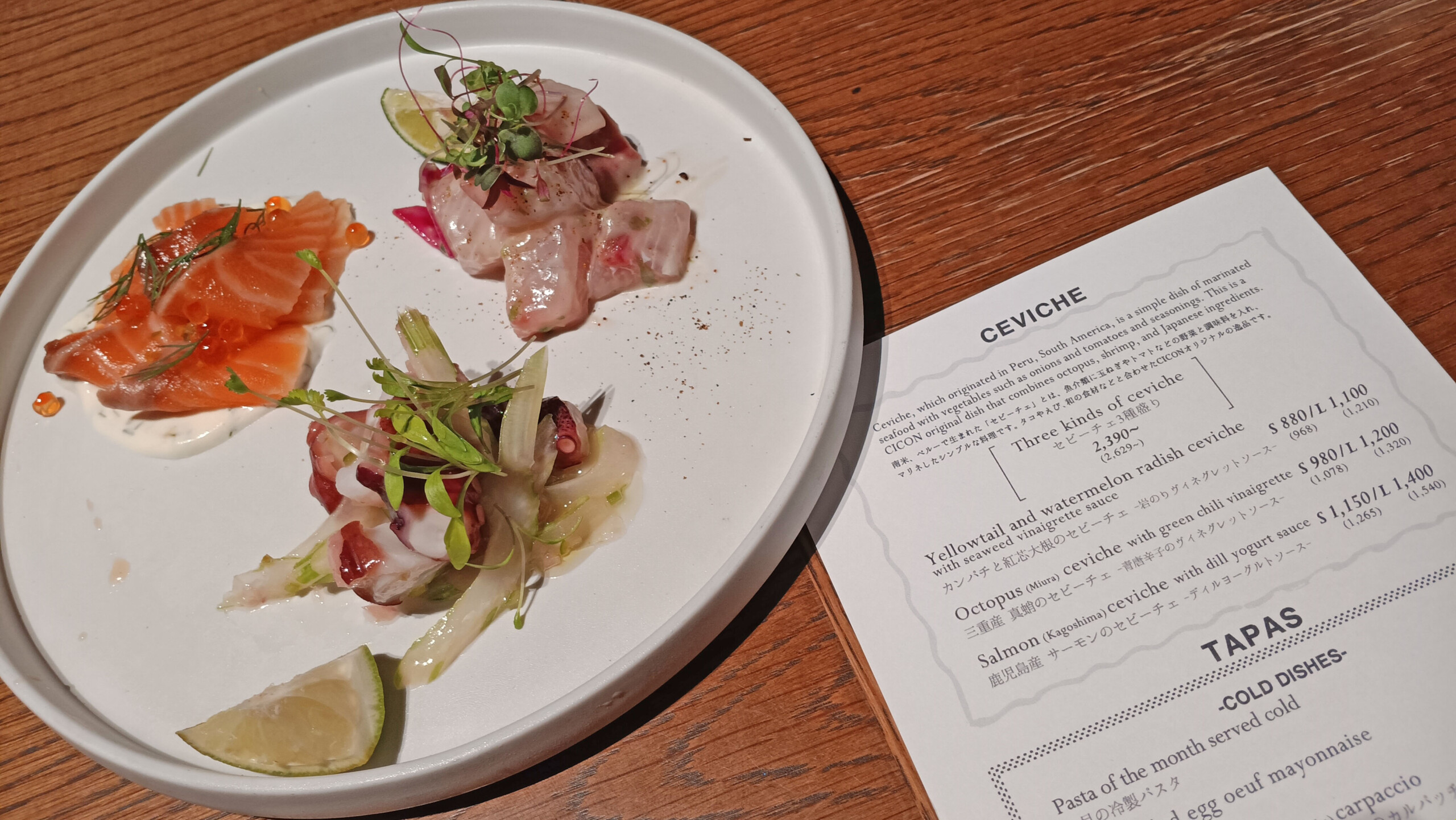
Yellowtail (hamachi) and watermelon radish, octopus with green chili vinaigrette, and salmon with dill yogurt sauce. Holy moly, what a starter.
Ceviche, you’ve already stolen the show.
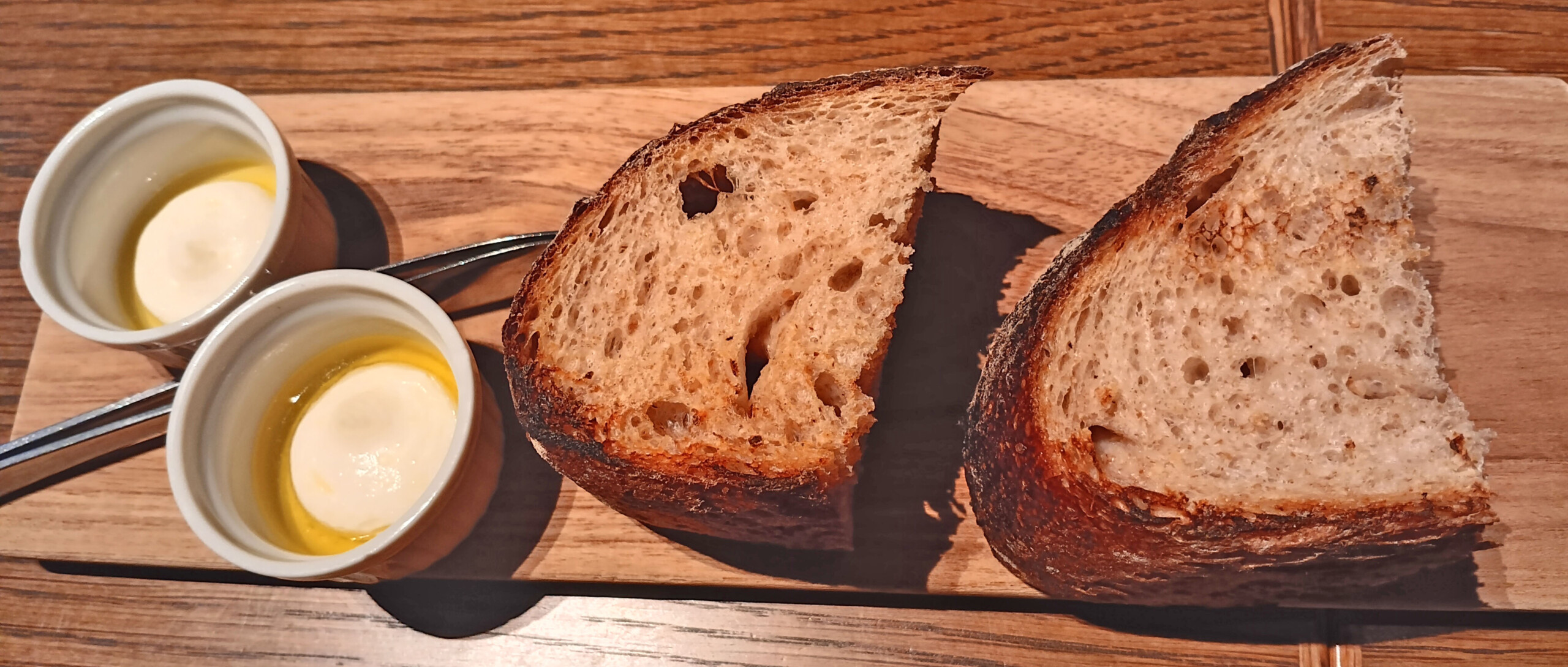
Straight from Cicon bakery, some wonderfully chewy sourdough slices, with olive oil/tofu spread. Not only was the condiment first-rate, but I saved some bread for–
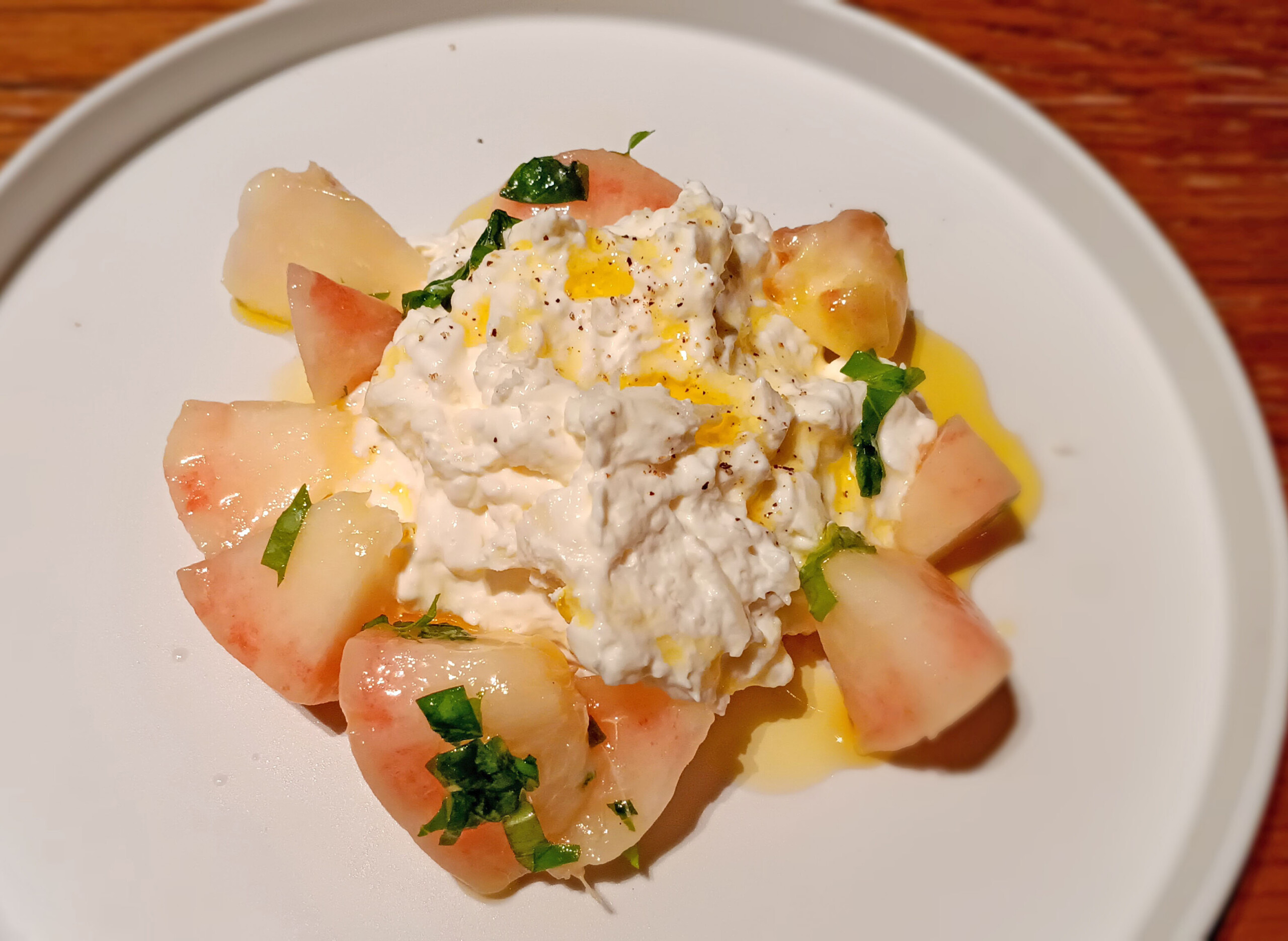
straciatella with white peaches (hakutou) from Okayama prefecture. Another bullseye. Can’t get much more fresh than that natural sweetness of the peach. Actually, you can…go to an orchard in Okayama. But this was the next best thing.
Sell the white peach juice to pedestrians on the walk to Kiyomizu temple. That’s what I’d call gangbusters.
Meanwhile, some liquid provisions. A g&t (gin and tonic) made with Kyoto’s Ki No Bi gin, and a homemade (kitchenmade?) ginger ale. Both were top notch…and I’m a ginger ale connoisseur.
Mochi pork, what is that, rice cake pork? Nah, it’s just a name with high-quality attached. Add those potatoes for a crunchy contrast to the succulent Babe.
Needing to relinquish my position at the restaurant — it was packed — I mosied on up to the 6th floor rooftop bar. That’s right, at night, it becomes a bar with a slight Mexican tinge.
Slight.
Anyway, to confuse my audience every so slightly, here’s a diurnal shot of the rooftop bar–
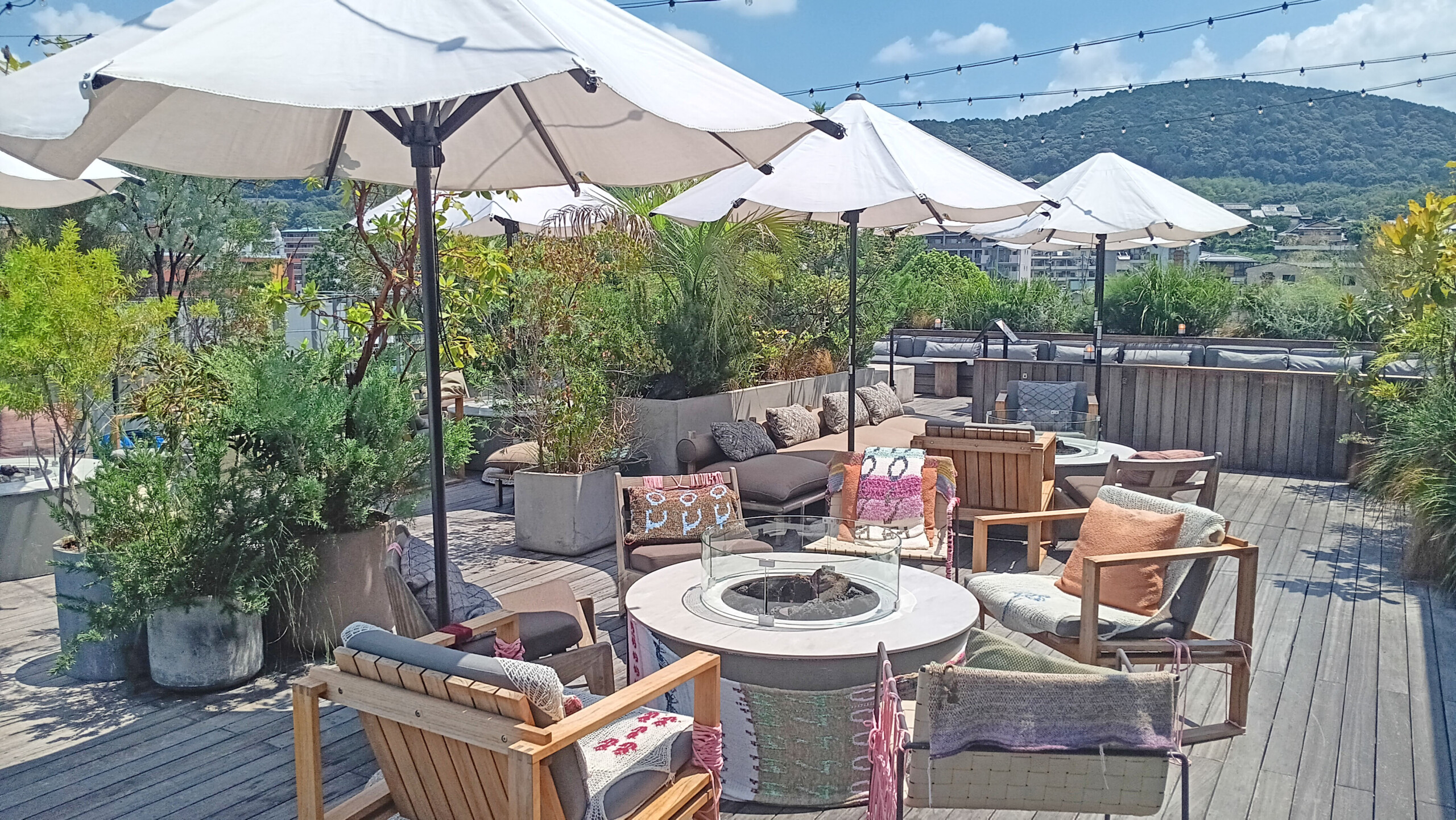
now, the more germane nocturnal shot:
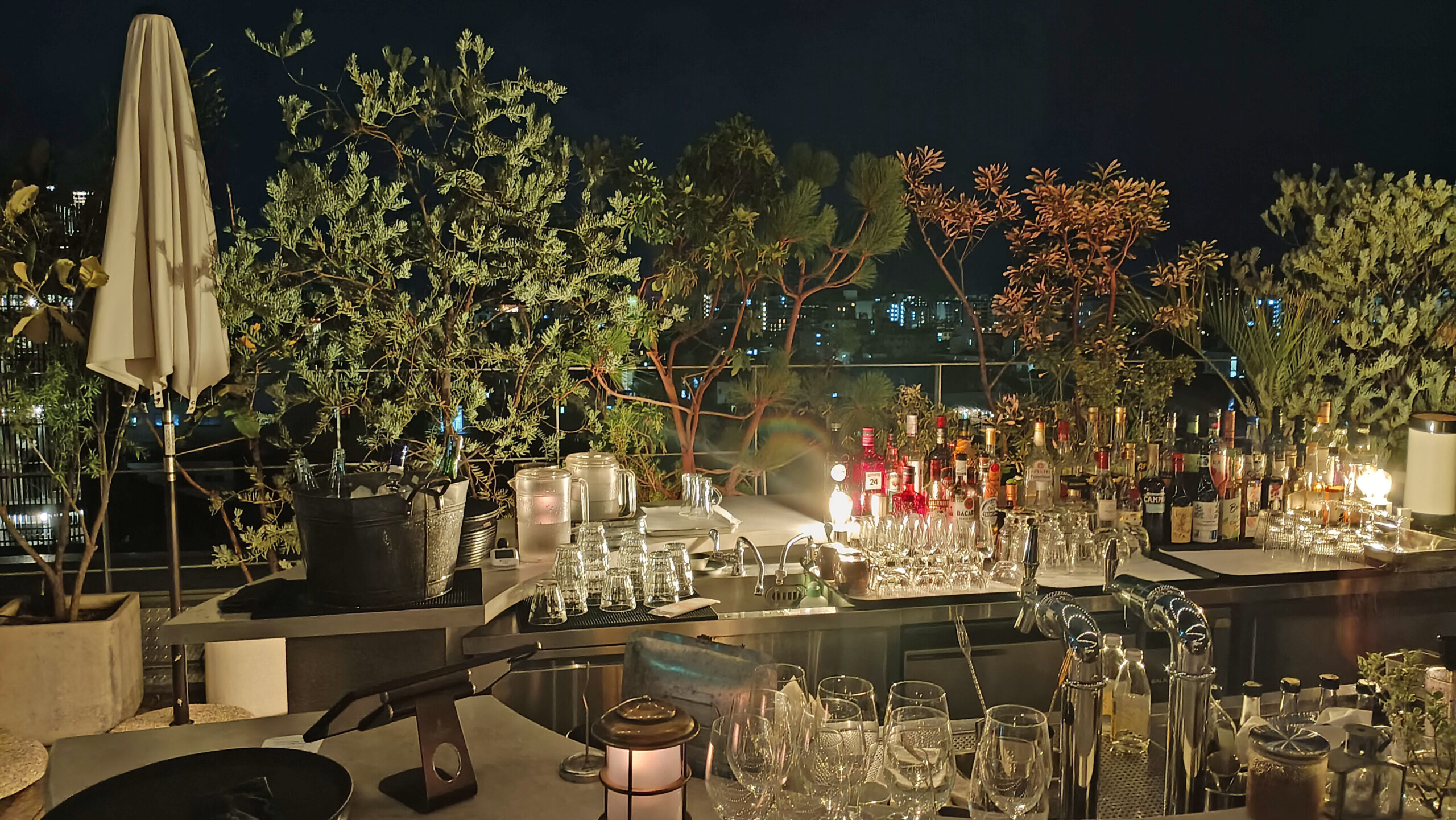
So, how about that Mexican-adjacent food?

Carnitas — slow-cooked pork, suadero — lower belly cut of a cow, and fried shrimp. The flavors were all good, but it was less Mexico street food, and more a good Mexican restaurant in Japan. Hmm…that does make sense.
Other Mexican-ish plates included burritos, quesadillas, and nachos. Like I said, -ish.
After the tacos, I ordered the wagyu Cicon burger. It was easily one of the best burgers I’ve had in years. Incredibly balanced, with both the ground beef and toppings sharing the limelight. Should I have tested the fries, too? Not necessary at all.
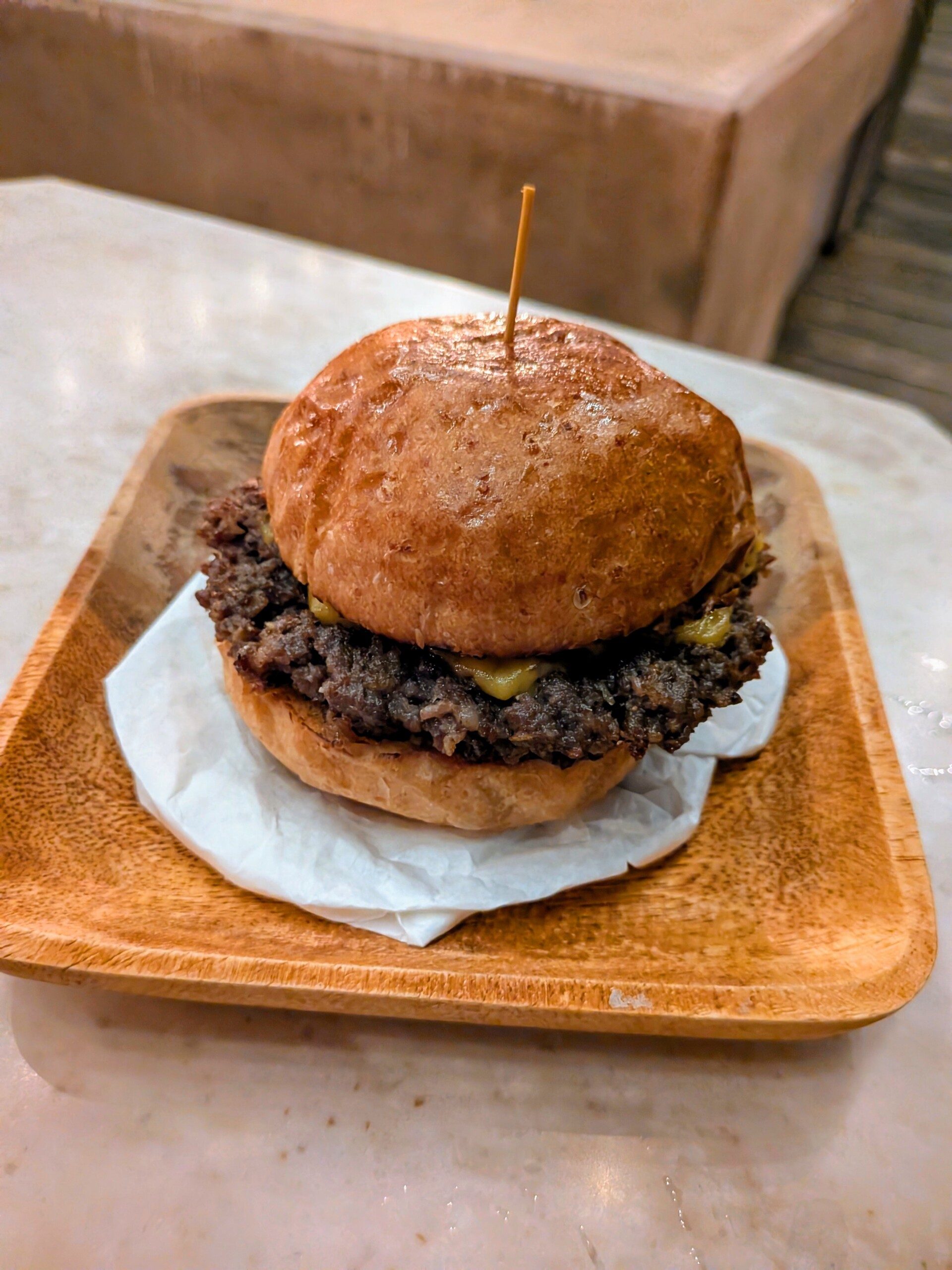
For drinks, I first ordered a 士魂Coffee Martini. Uncoincidentally, that’s where Cicon,the name of the hotel restaurant originates. The Japanese word 士魂 is pronounced shikon, and means “samurai spirit.”
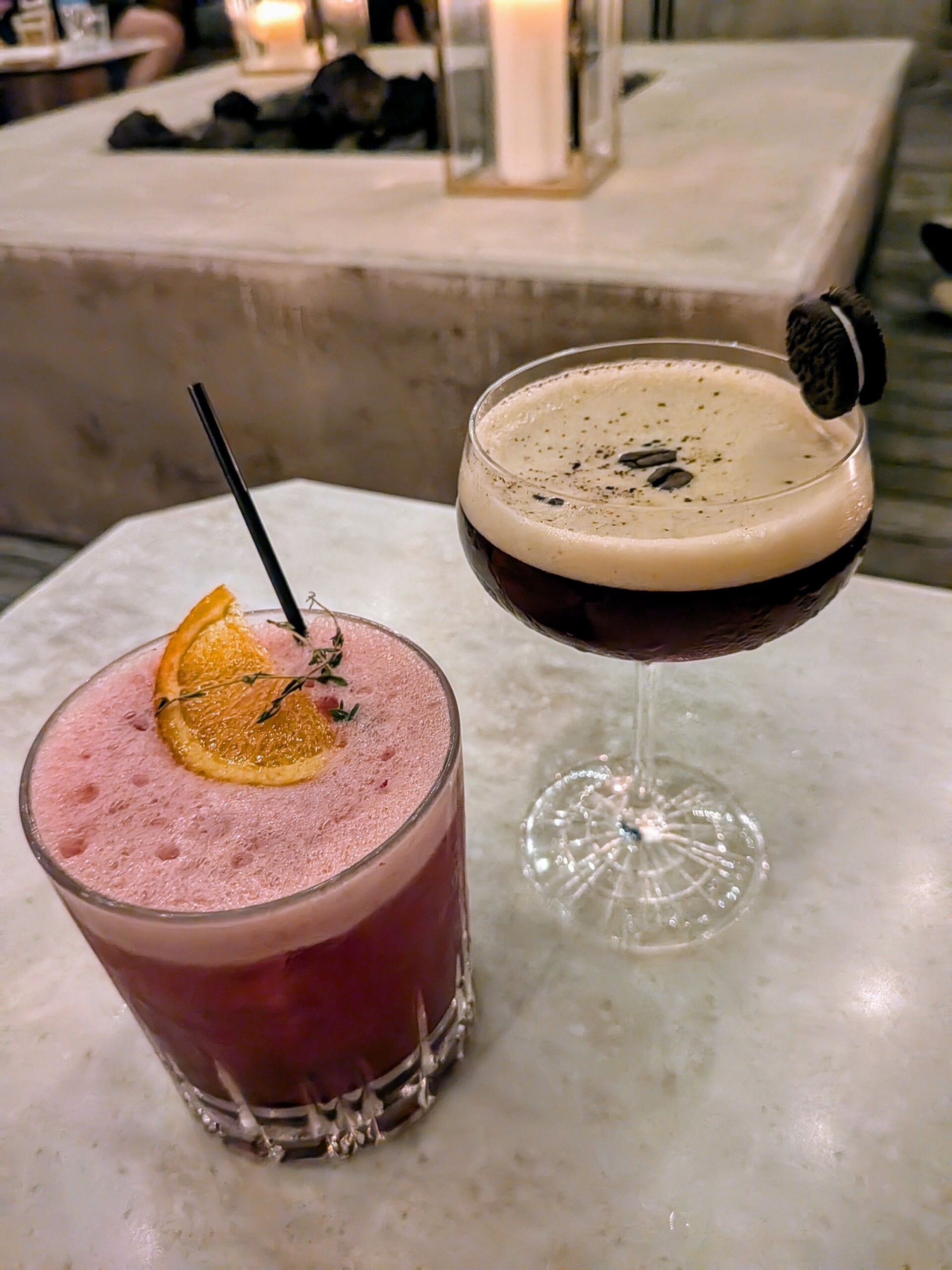
This may have been the only miss of my food & beverage experience at the hotel.
Then again, I’m always keen to try new flavors, so I wanted to have a shot of Torikai, the Kumamoto prefecture rice shochu.
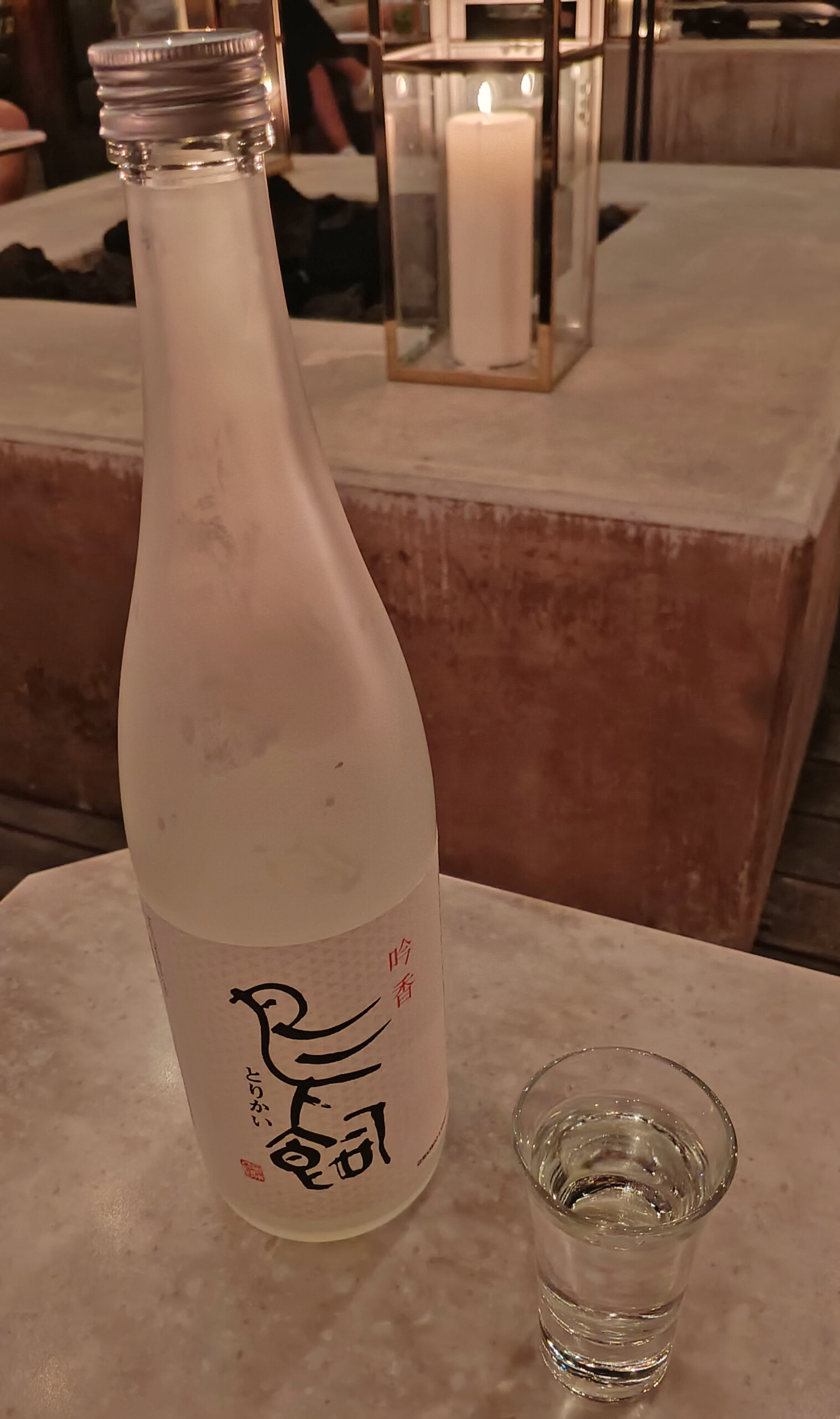
That packed a punch! The sweetness of the rice fools you from the first taste, but then the oomph of a nice Kyushu shochu stings the throat at the end.
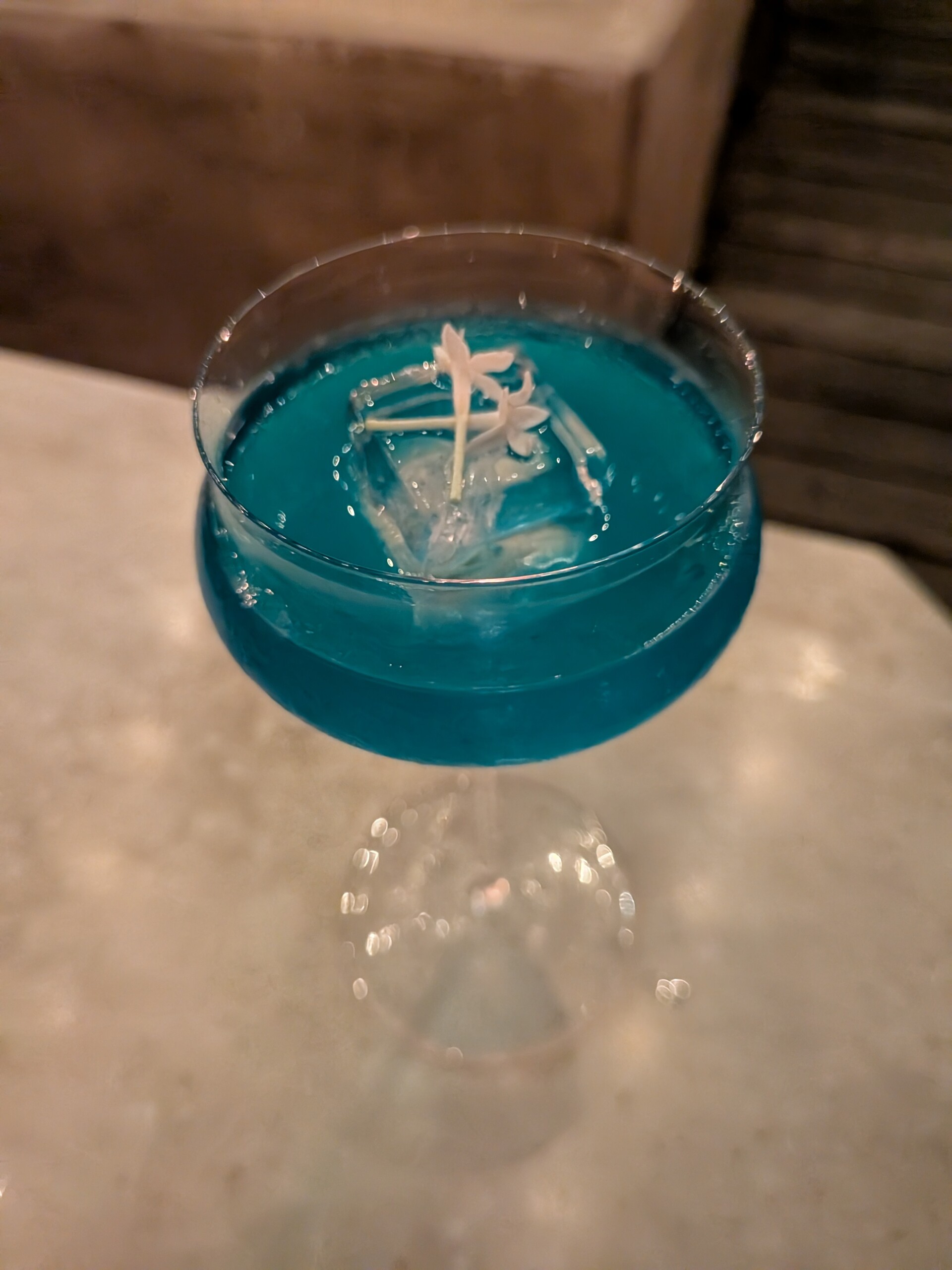
The single most amazing taste of anything I’ve ever had might have been, of all things, a bergamot. If you’re unfamiliar with this perfumed citrus fruit, it’s a frequent collaborator with Earl Grey. Thus, the bergamot liqueur drew me in.
And I’d hate to be that ice cube during the day.
Summary
Nohga Hotel Kiyomizu Kyoto was a hit. Crowd control in the lobby could have been better managed, and a desk in the room would win my wholehearted support. In spite of those two things, the room was comfy and cool, the food a winner, and the location beneficial.
Disclaimer: In exchange for a hosted stay, I have written this review.

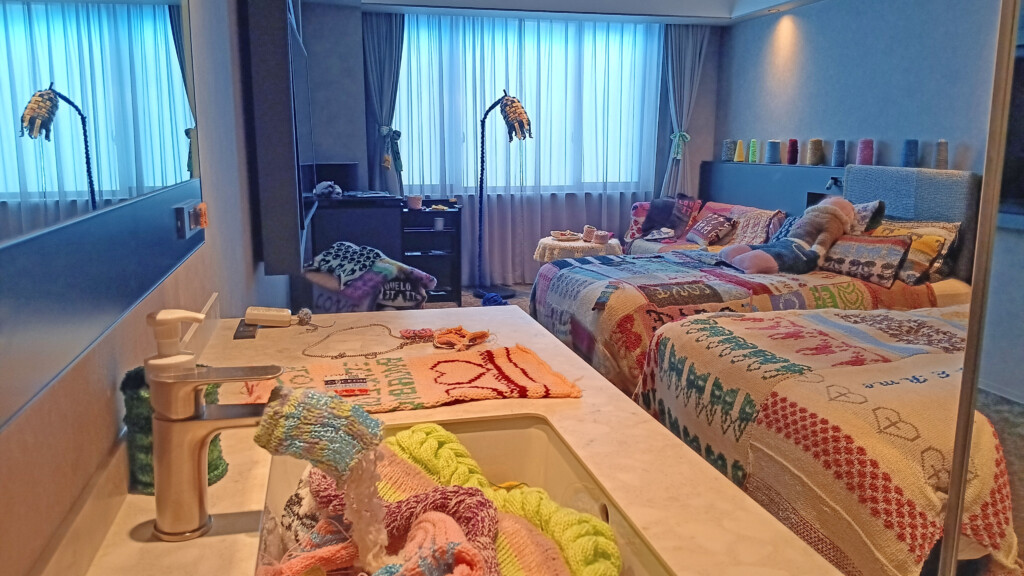

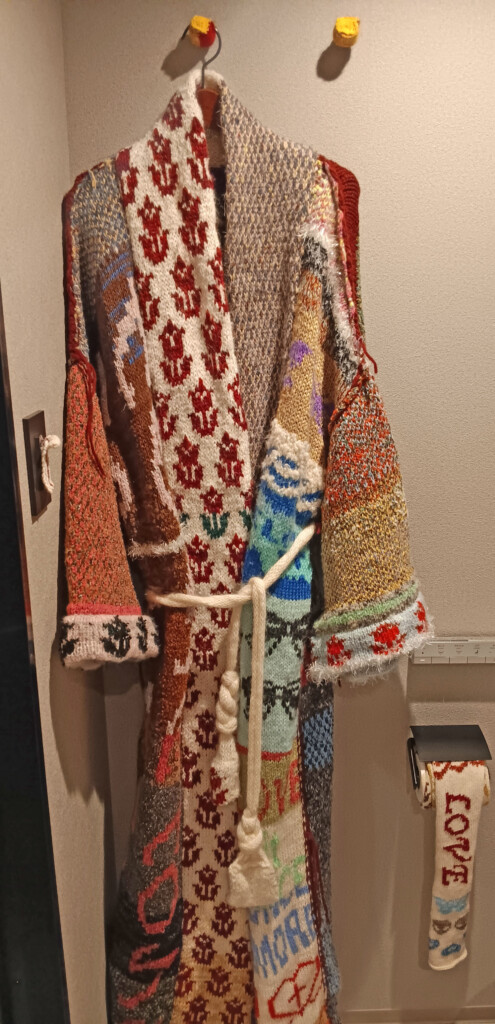
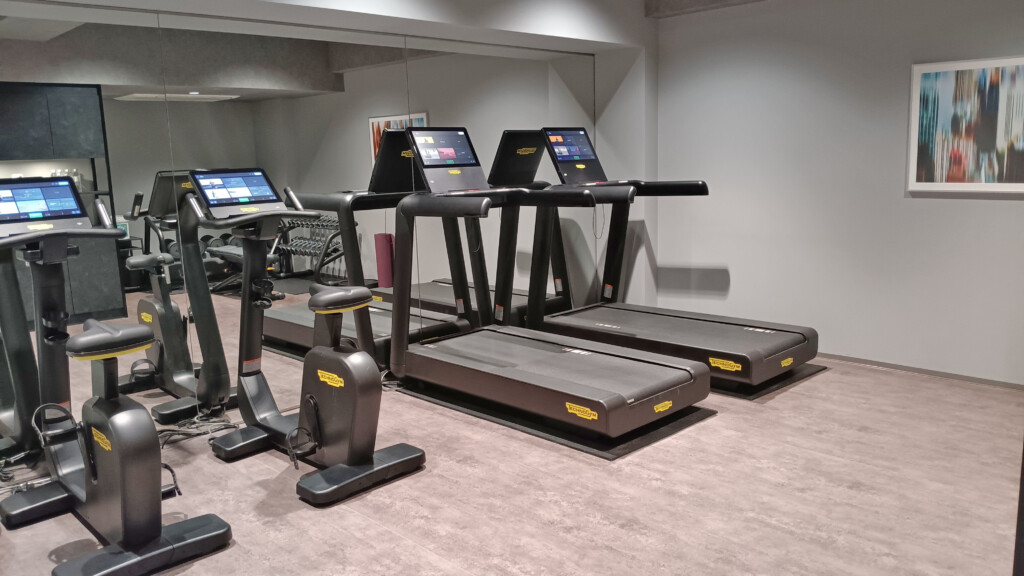
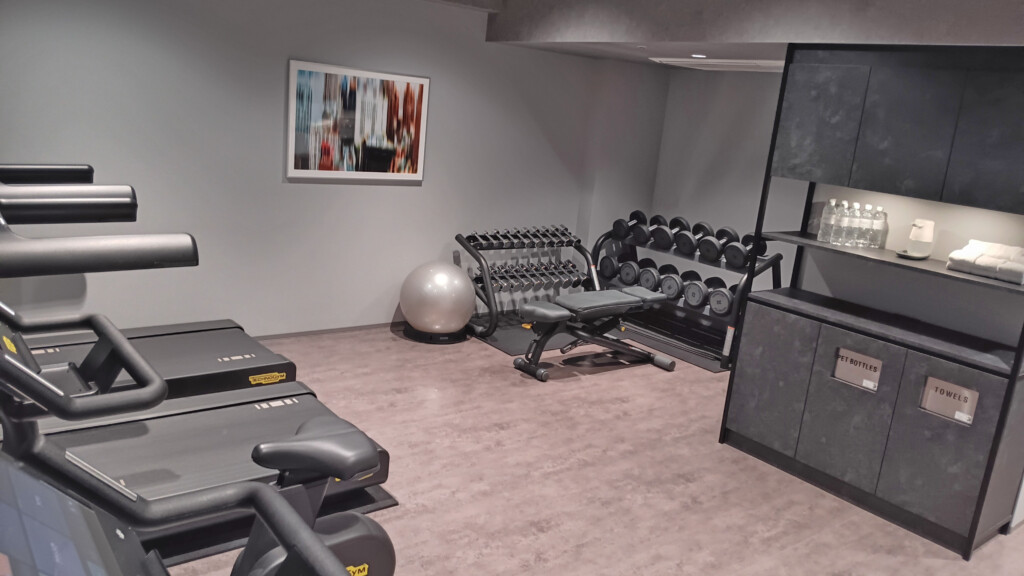
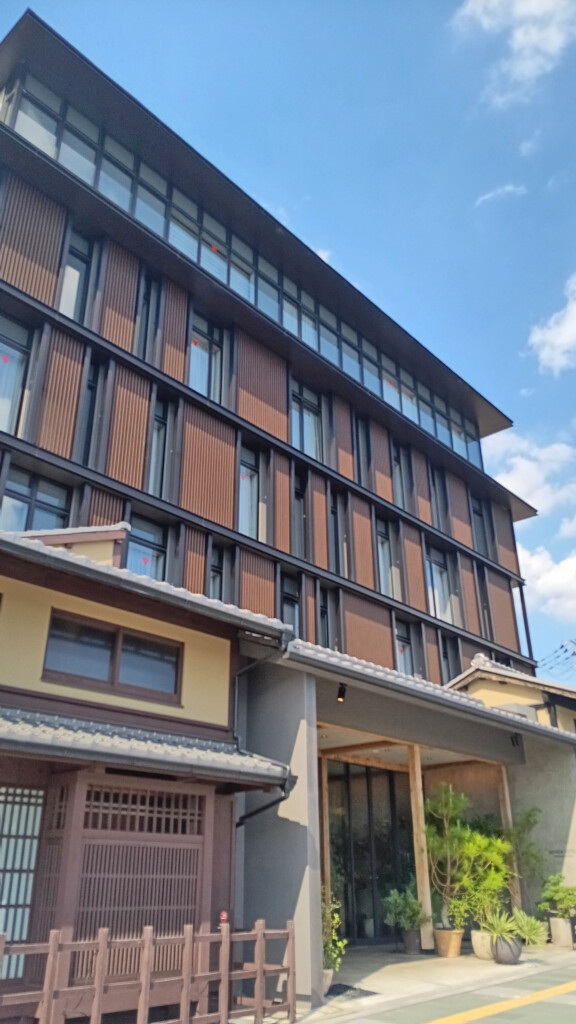
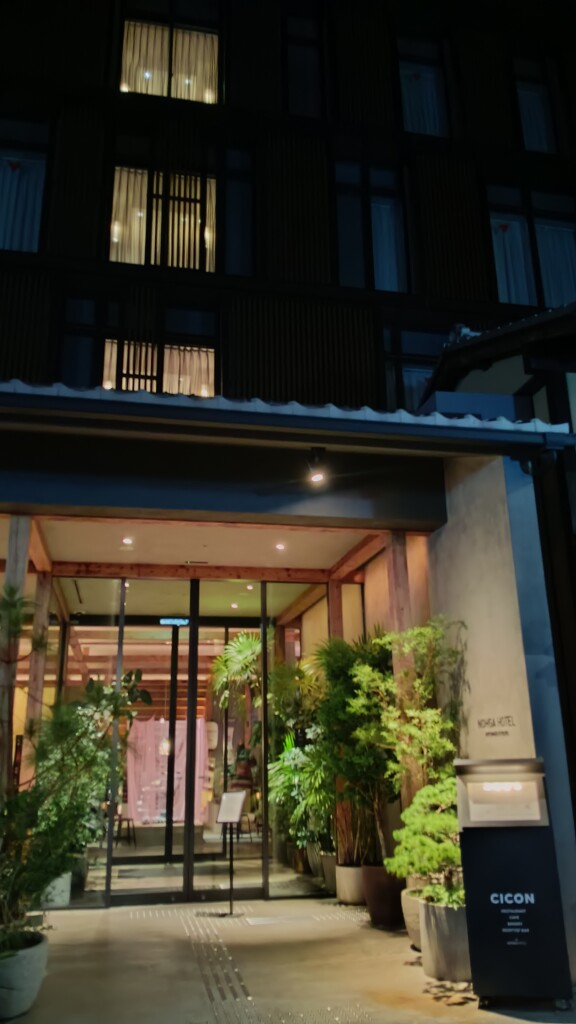
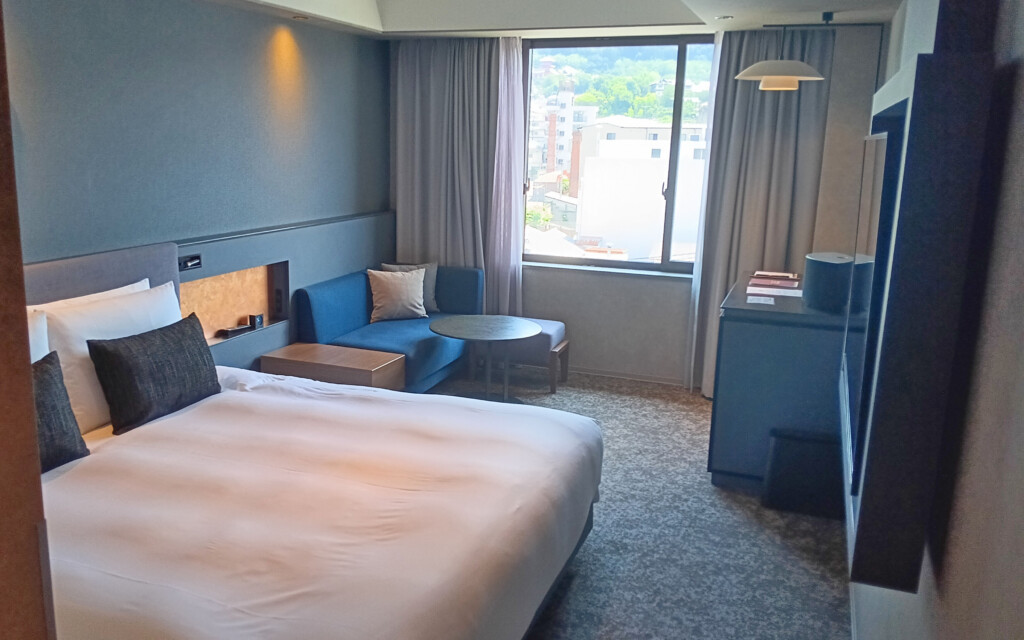
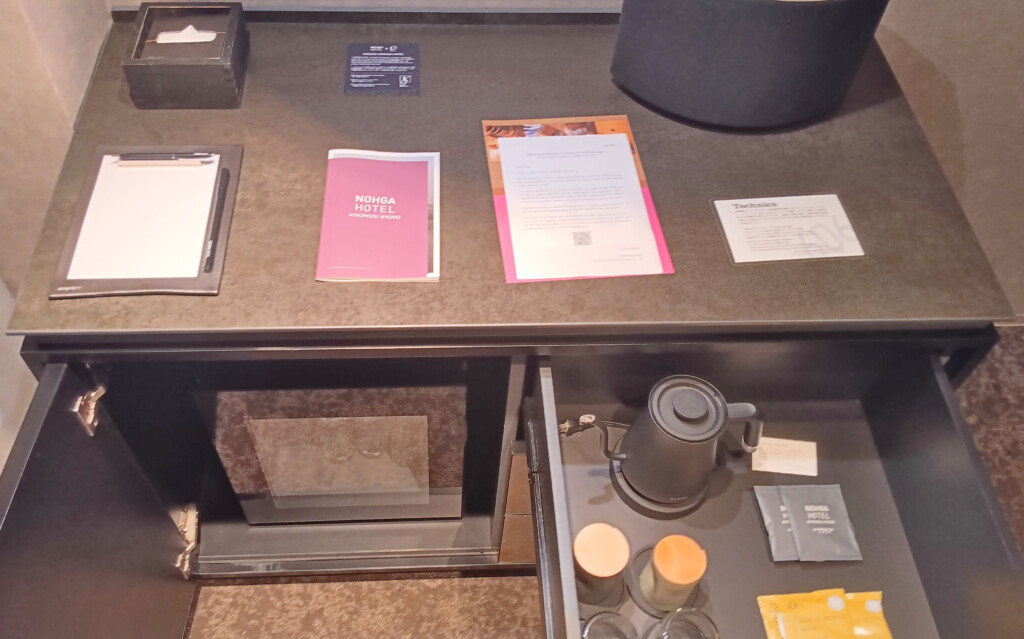
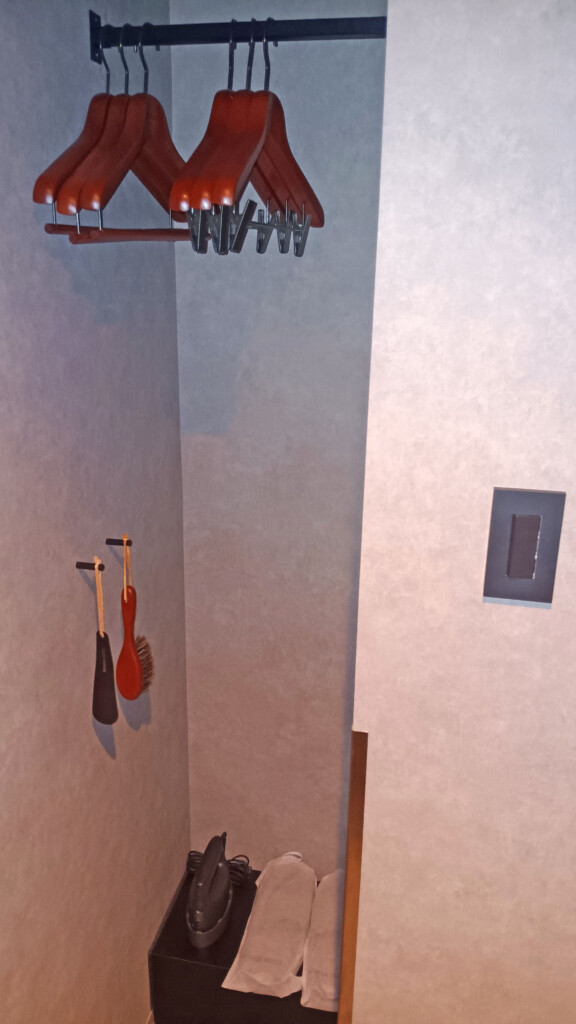
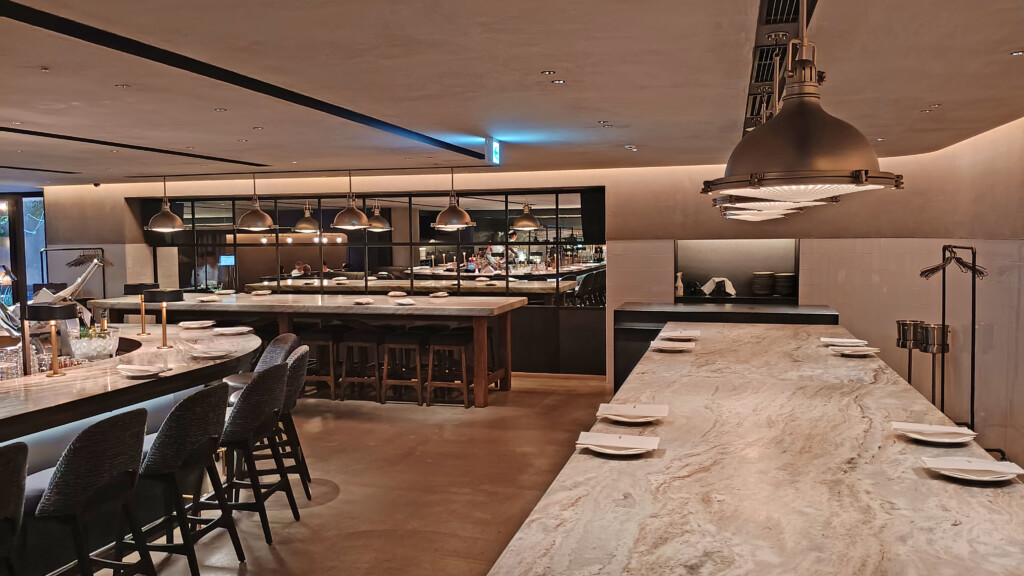
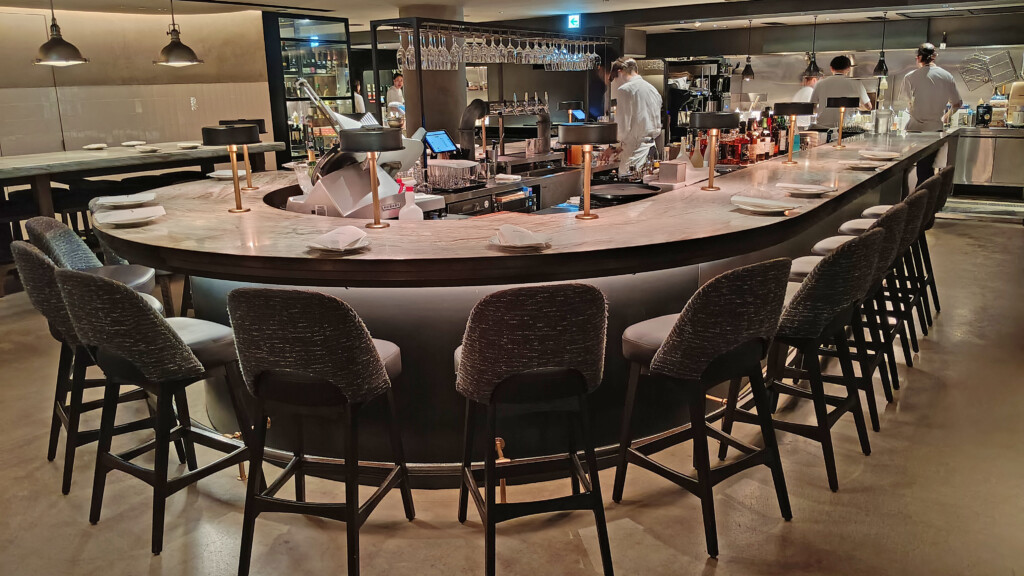
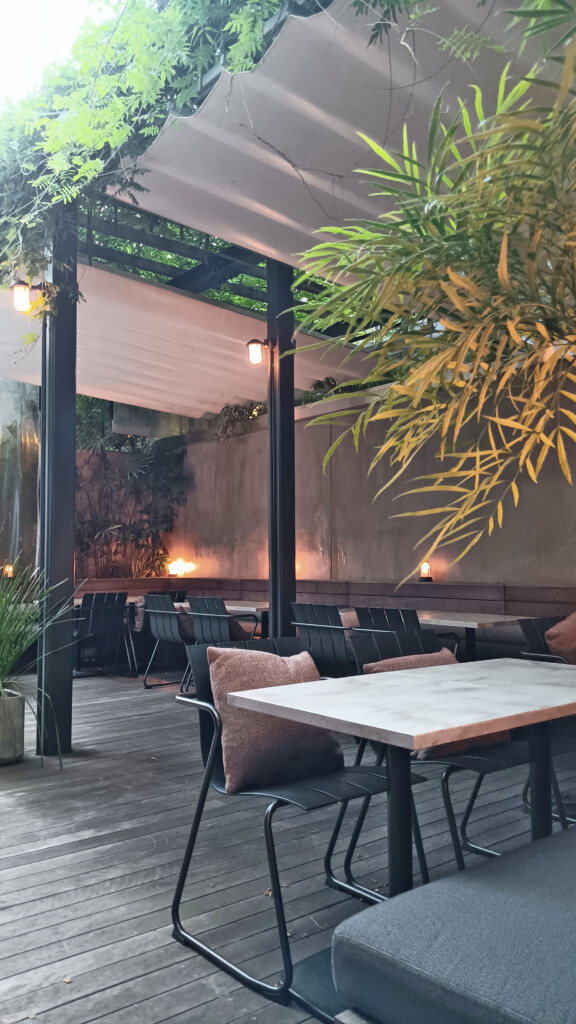
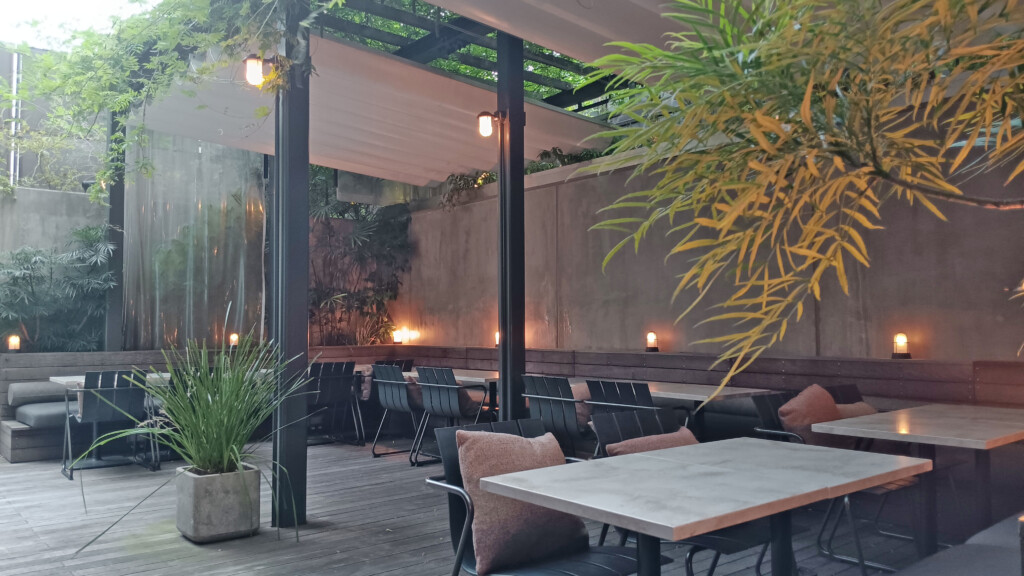
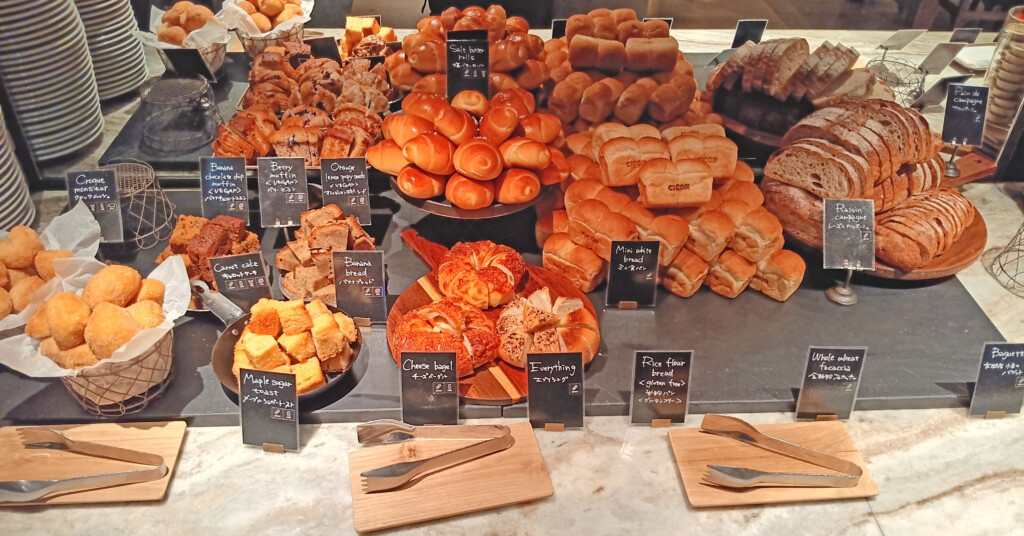
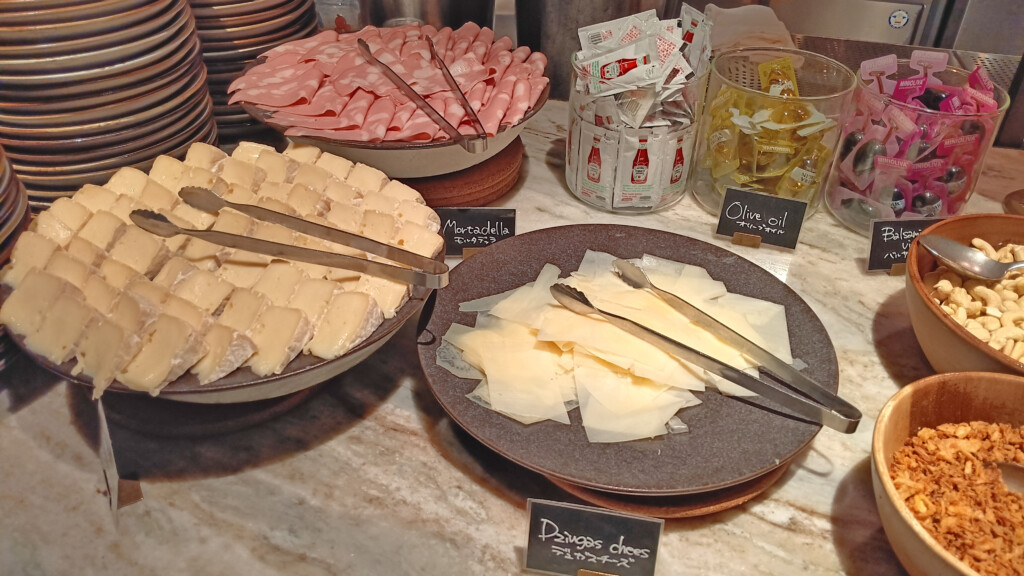
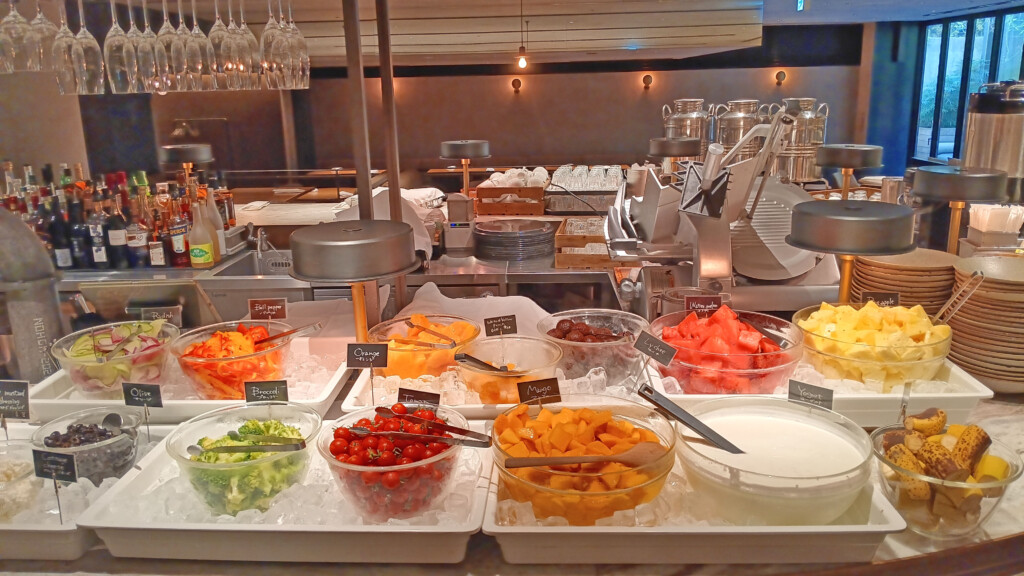
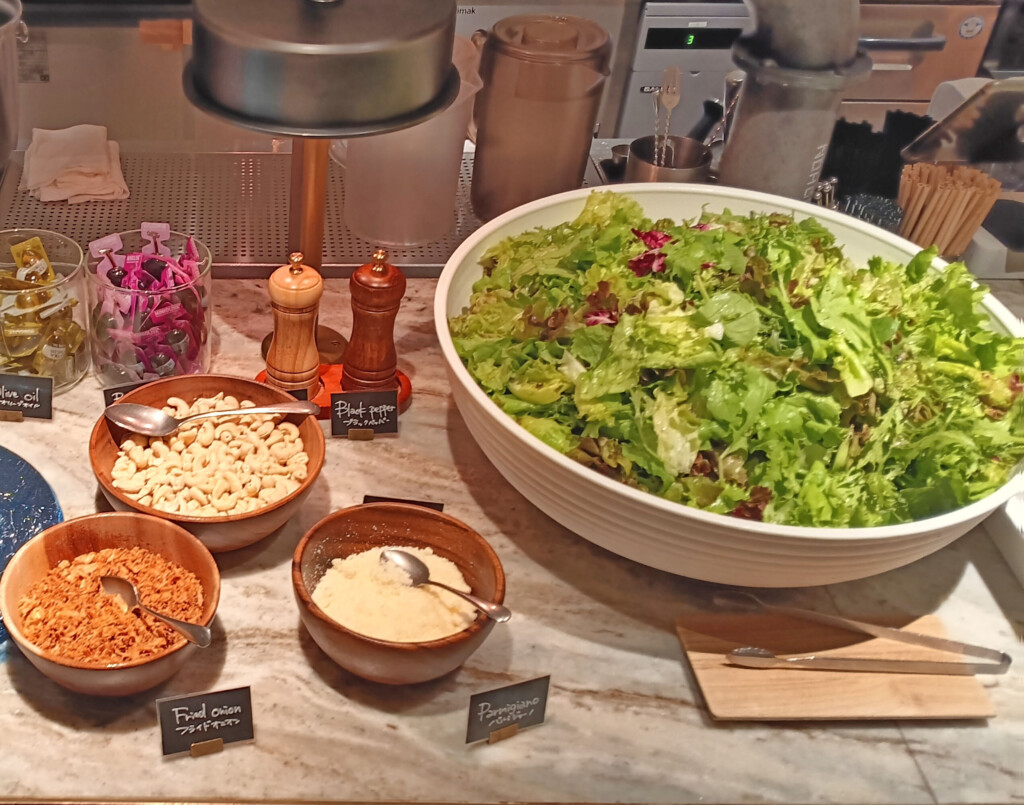
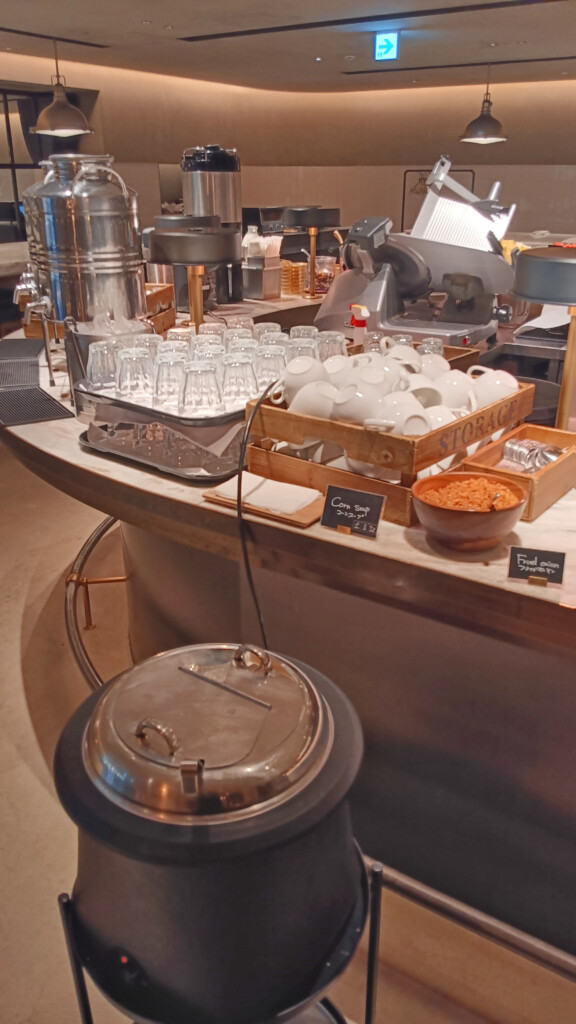
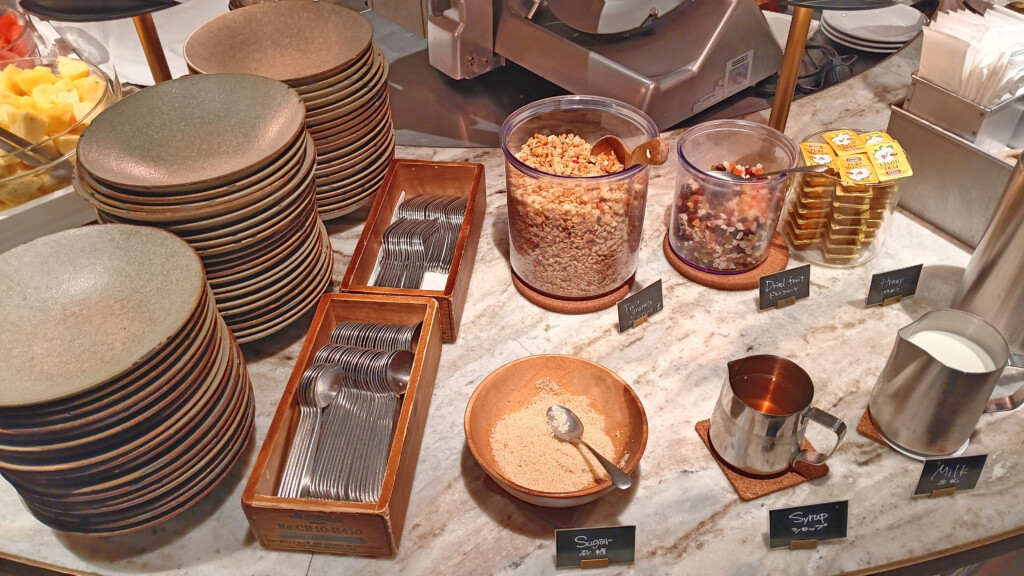
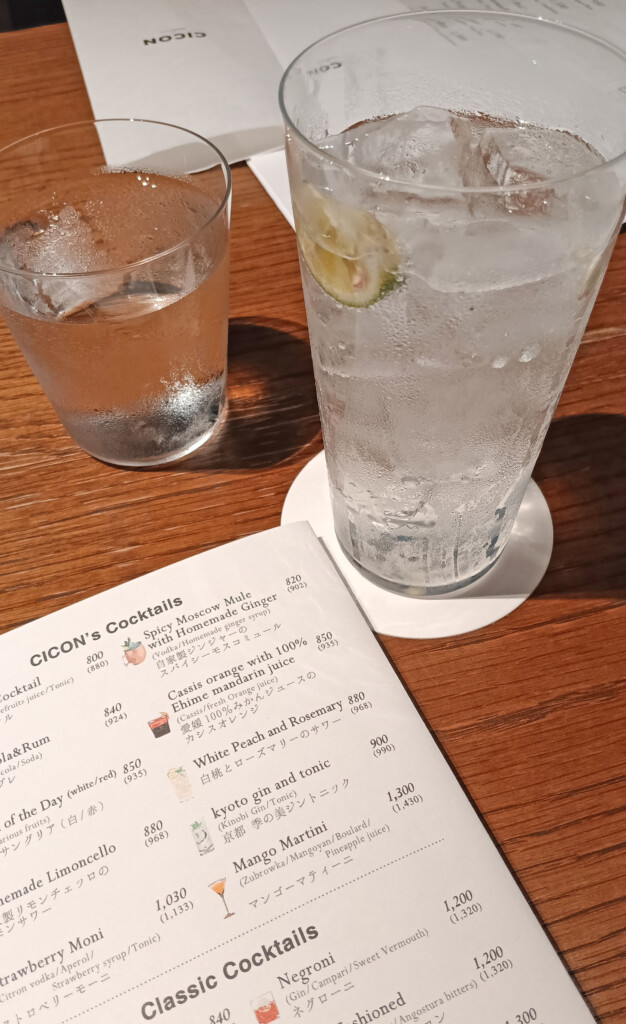
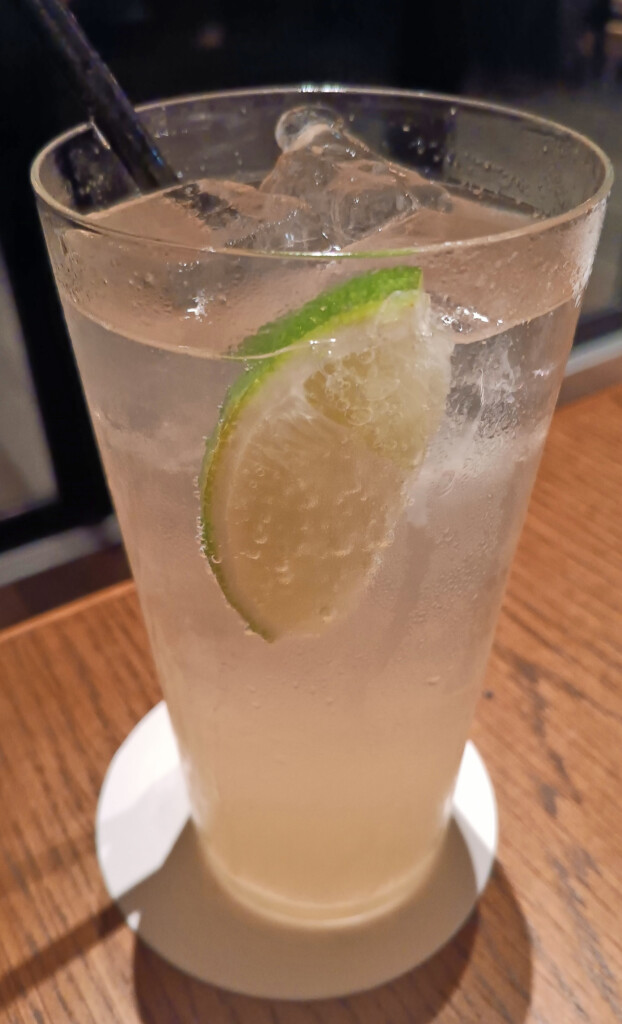
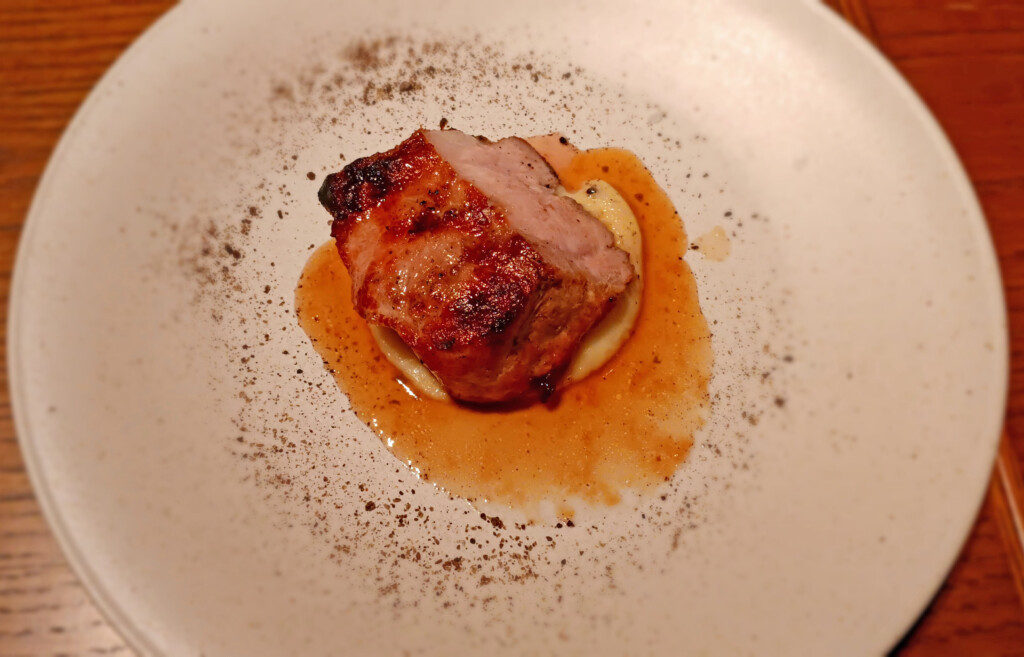
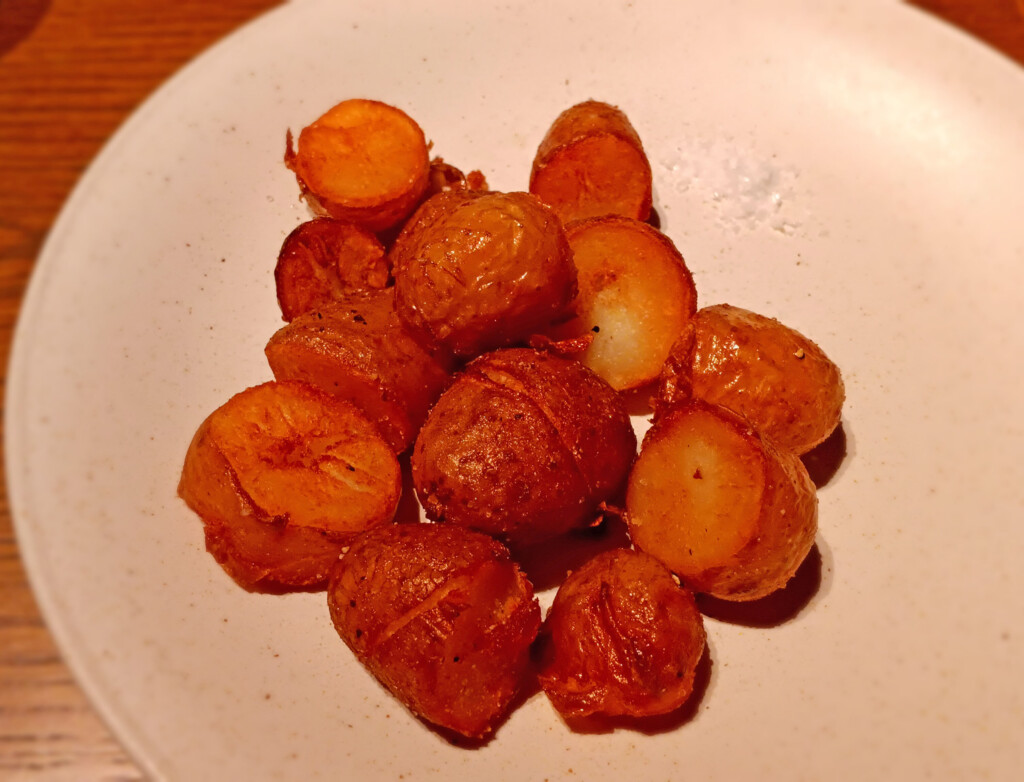

Leave a Reply